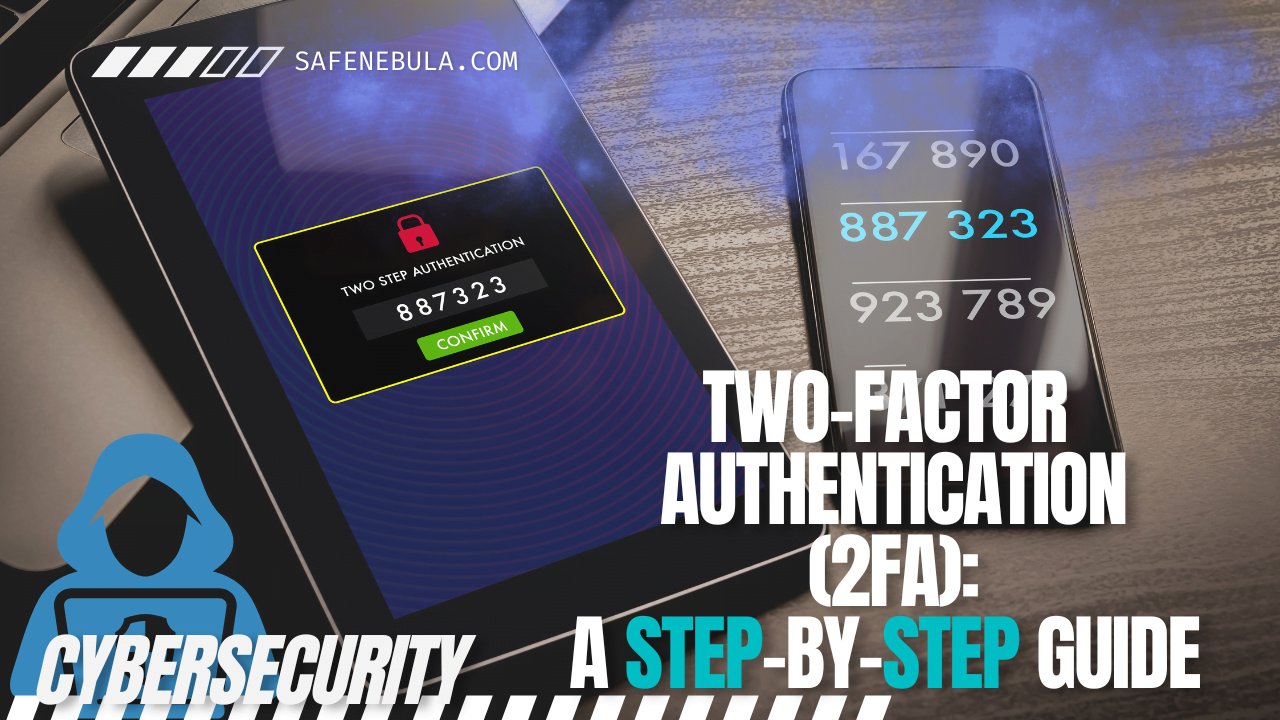In the quest for stronger security measures against increasing online threats, Two-Factor Authentication (2FA) has become a critical defense mechanism. By requiring a second form of identification beyond just a password, 2FA significantly enhances account security. This guide provides a step-by-step walkthrough on setting up 2FA across various platforms, including email, social media, and online banking, and explains the different types of 2FA and their security benefits.
Understanding Two-Factor Authentication
Two-Factor Authentication adds an extra layer of security by requiring two forms of verification:
- Something You Know: A password or PIN.
- Something You Have: A mobile device or security key.
- Something You Are: Biometric verification such as a fingerprint or facial recognition.
These factors ensure that even if one element is compromised, unauthorized access to your account is still blocked without the second factor.

The Benefits of 2FA
- Enhanced Security: Makes your accounts much harder to hack.
- Reduced Fraud Risk: Protects against identity theft.
- Increased Peace of Mind: Offers additional assurance that your data is safe.
How to Set Up 2FA on Popular Platforms
Email (Gmail):
- Go to your Google Account settings.
- Select “Security” from the left-hand menu.
- Under “Signing in to Google,” click on “2-Step Verification.”
- Click “Get Started” and follow the prompts to set up your verification method.
Social Media (Facebook):
- Go to your security and login settings by clicking the dropdown arrow in the top-right corner and selecting “Settings & Privacy,” then “Settings.”
- Click on “Security and Login.”
- Scroll down to “Use two-factor authentication” and click “Edit.”
- Choose the authentication method you wish to add and follow the on-screen instructions.
Online Banking:
- The setup process varies by bank, but generally, you can enable 2FA from your account settings or security preferences. Look for options labeled “Two-Factor Authentication,” “Additional Security Options,” or similar. If in doubt, contact your bank’s customer service for guidance.
Types of 2FA Methods
- Text Message (SMS) Codes: Receive a code via SMS to enter along with your password.
- Authentication Apps: Use apps like Google Authenticator, Authy, or Microsoft Authenticator to generate codes.
- Hardware Security Keys: Physical devices (e.g., YubiKey) that you plug into your computer or connect via Bluetooth for authentication.
- Biometric Verification: Use your fingerprint, face, or retina scan as a second factor.
Best Practices for Using 2FA
- Prefer Non-SMS Methods: Opt for authentication apps or hardware keys over SMS codes, which can be intercepted.
- Keep Backup Codes Safe: When setting up 2FA, you’ll often receive backup codes. Store these in a secure location to ensure account access if your second factor is unavailable.
- Regularly Update Your Recovery Options: Ensure that your recovery email and phone numbers are up-to-date to prevent lockouts.
Conclusion
Setting up Two-Factor Authentication is a straightforward yet powerful step you can take to secure your online accounts. By combining something you know (your password) with something you have (a mobile device, security key) or something you are (biometric data), 2FA provides a robust barrier against unauthorized access. Embrace this technology across your digital life to safeguard your most valuable information.
